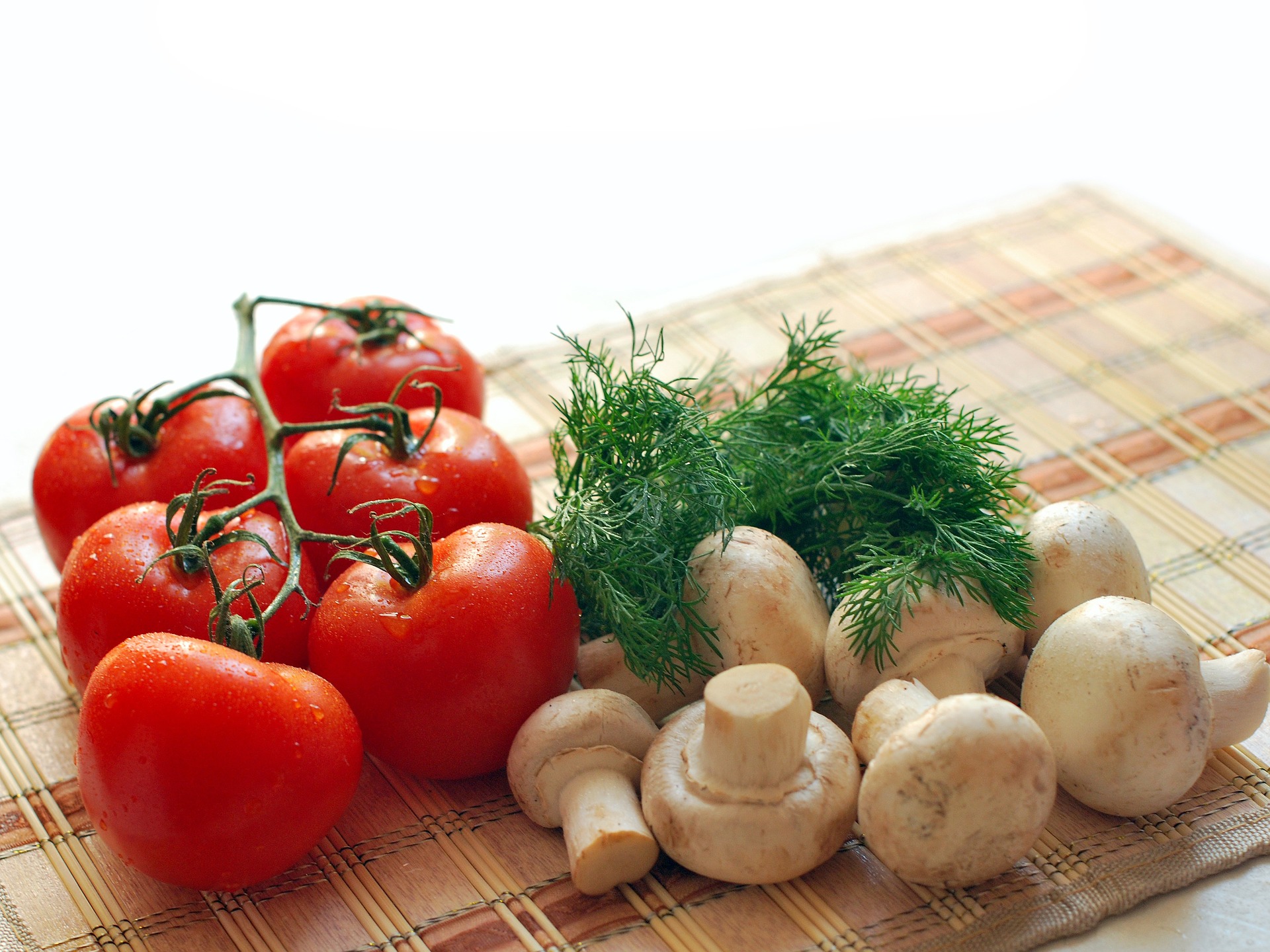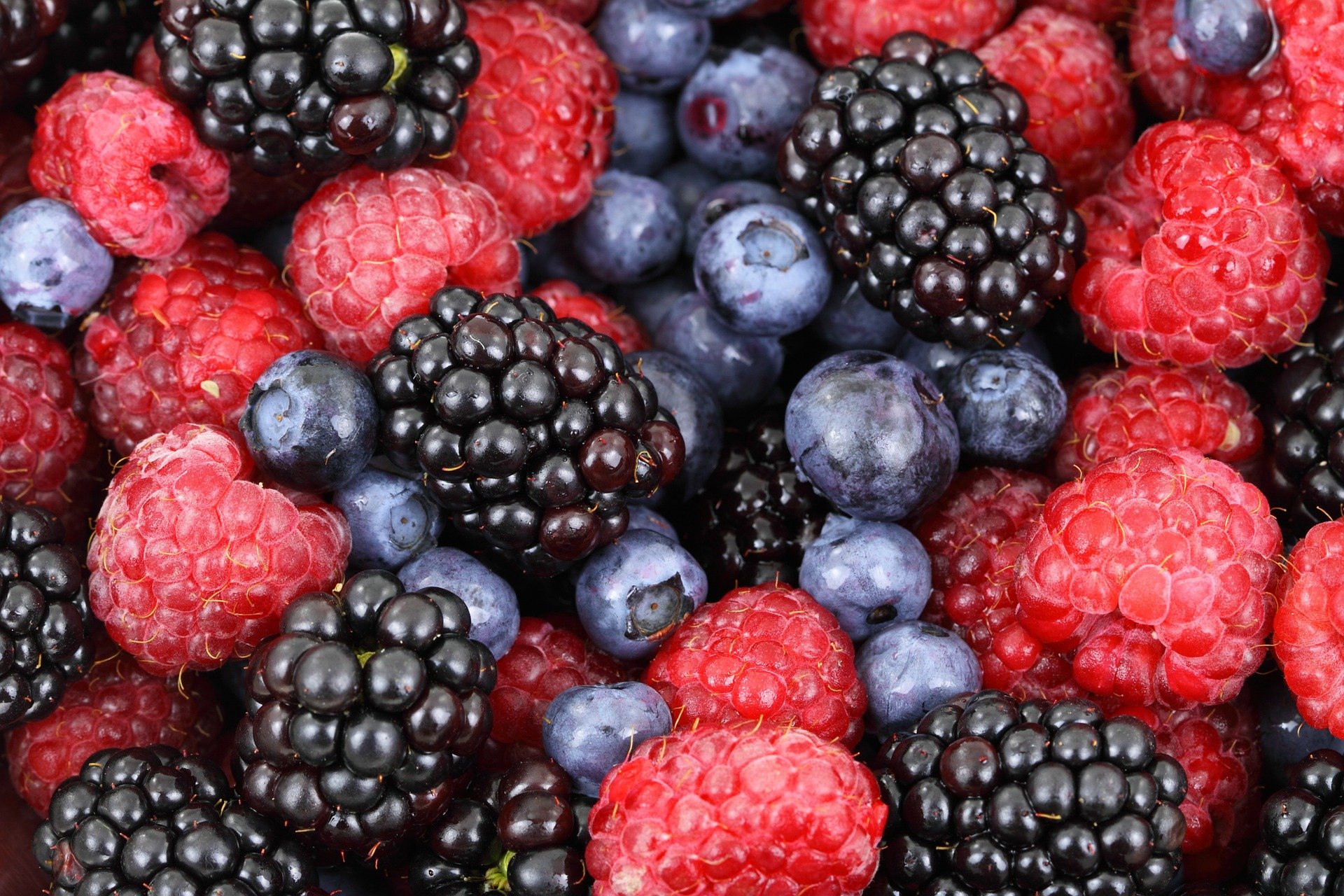 by Sharon Quercioli
by Sharon Quercioli
It’s crazy out there right now! Between the threat of COVID-19 around every corner, avoiding social contact, spring/summer allergies, and Mother Nature’s latest developments (murder hornets coming to the United States along with a giant dust plume from the Sahara), there are plenty of reasons why you should try to keep your body in tip-top shape. One of the ways you can be proactive about your health is by eating well. Most importantly, there are plenty of immune-boosting foods you can pack into your daily regimen. Before going into specific fruits and vegetables that can boost your immune system, it is important to first have the right state-of-mind about food and eating.
Changing your eating habits can aid in eating healthier foods.

For your immune system to accept the help of immune-boosting foods, it is important to have healthy eating habits. Think of it this way… If you incorporate antioxidant-packed elderberries into your breakfast routine but only use it to top pancakes bursting with sugar and simple carbohydrates every morning, the elderberries won’t be as impactful for your body.
If you want to change your eating habits, look into making small and consistent changes in your lifestyle. One of the biggest suggestions I have for you is to take out temptation! Slowly begin replacing unhealthy snacks and foods with healthier snacks. Some examples would be to (starting now):
- Replace processed snack foods with more fruit
- Replace regular pasta with whole wheat or gluten-free pasta (I buy Cauliflower pasta, which is so yummy!)
- Stock your freezer with frozen vegetables instead of frozen pizza (I prefer fresh veggies.)
Just the mere act of not buying unhealthy food and replacing it with healthier options, will help, especially now that we’re all eating and cooking at home anyhow. Now is a great time to start making healthier decisions.
So what types of healthy immune-boosting foods should you buy?
Buying and eating fresh or frozen vegetables instead of processed foods will help your body be stronger in general. Think about the types of food that you are putting into your body. When people say, “You are what you eat,” this is exactly what they’re talking about. If you eat healthy food, you and your immune system will be healthy and strong. Vegetables aren’t the only things that can keep your immune system strong, however. Let’s look at some other foods that will help.
Berry good for you…
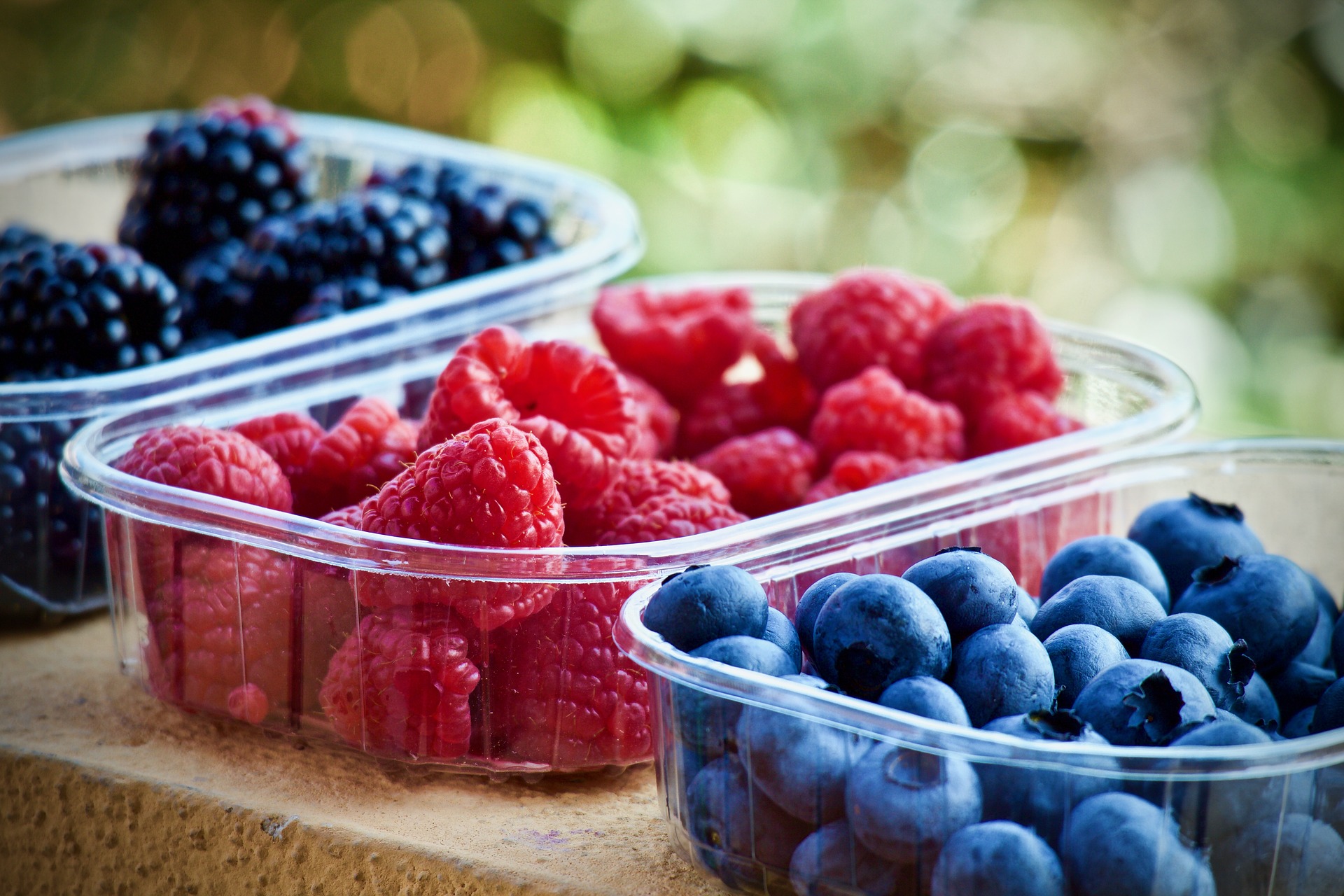
Berries in general are a great addition to any diet. Most are packed with antioxidants (elderberries, blueberries, raspberries, etc.). Just look for a berry that is rich and vibrant in color.
They’re not often as sweet as other fruit, and that may be why they are often supplemented with sugar when people eat them. To avoid the unnecessary sugar, use berries as the sugar for other foods.
- Top a kale salad with raspberries or blackberries.
- Throw some blueberries in a blender with almond milk, and use that for oatmeal.
- Top sugar-free yogurt with hemp seeds and your favorite mixture of berries.
- Use a mixture of your favorite berries in a smoothie.
- Make a parfait with sugar-free yogurt, berries, and toasted oats crumbles.
- Put blueberries and roasted chickpeas over a cool cucumber salad.
- Blend some raspberries in with your favorite glaze recipe for salmon.
- Toast or grill some whole wheat bread, melt some brie, and top with blueberries.
- Make elderberry syrup (3 ½ c water, 2/3 c elderberries, 2 T ginger, 1 t cinnamon, ½ t ground cloves, and 1 c honey) in your Instant Pot. (9 minutes on high pressure. Quick release, then carefully strain.)
Must have mushrooms!
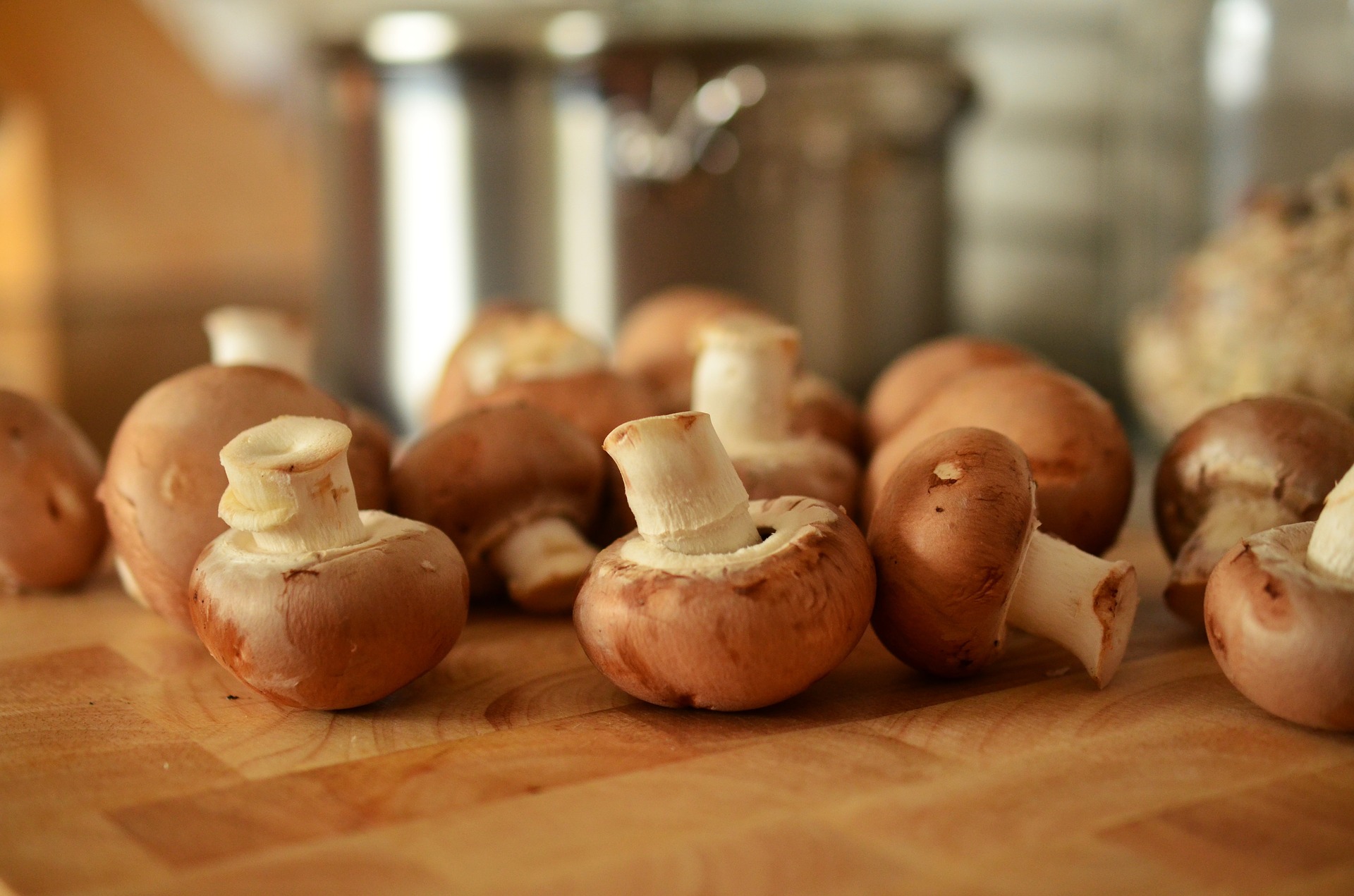
Button mushrooms are great because they give you some necessary B vitamins (specifically riboflavin and niacin) and selenium. Both of those B vitamins are important for boosting your immune system, and studies have shown that being low on selenium while you catch the flu might heighten the symptoms and make your flu last longer.
If you’re not a fan of the flavor or texture of mushrooms, that’s okay. You can easily hide it if you chop it up small enough. Mince some mushroom and add it to omelets or stir-fry’s. You can also slice them and top your salad with them if you’re not a fan of the texture of cooked mushrooms. If you don’t like them at all but love getting the benefits, toss some in a blender with some vegetables, and incorporate that into your tomato sauce when you make whole wheat pasta or gluten free pasta for dinner. Scrumptious and healthy!
Wheat Germ
I try to keep some wheat germ on hand because they’re always so rich in nutrients. You can get all the things I’ve talked about above (B vitamins, zinc, and antioxidants) from wheat germ.
For all of you quarantine bakers out there, try substituting some of the regular flour you’re using for your baked goods with a little wheat germ. I would suggest substituting about a third of a cup for each loaf or baking project.
Gratitude for Garlic
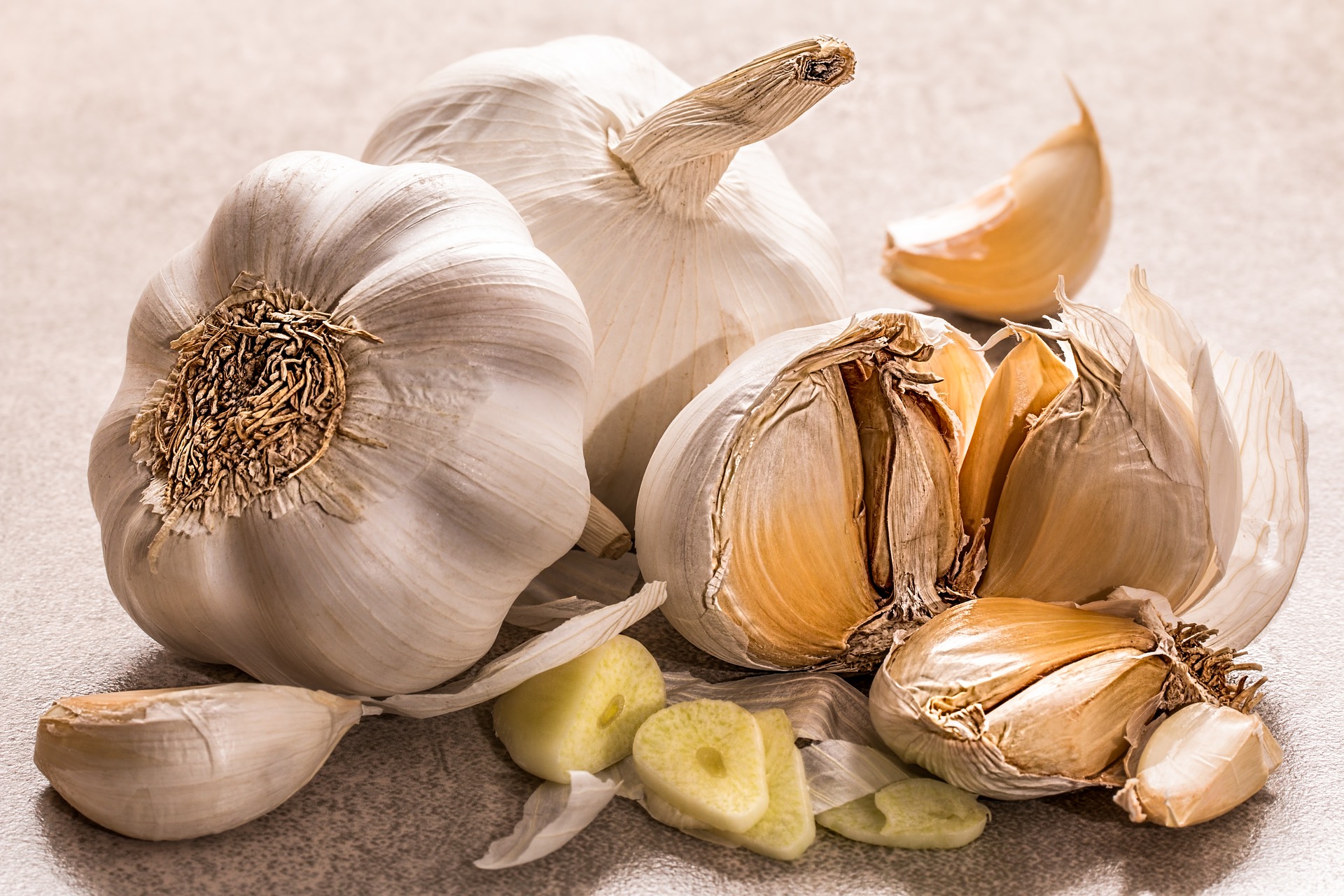
Garlic is a staple in most kitchens especially mine because I am Italian, which is great because it’s packed with vitamins and nutrients that could help fight viruses, bacteria and even fungi. However, to get all these benefits, you’re going to have to use the real stuff and not the powdered version that sits on your spice shelf. Garlic is a great addition to most meals, even if your recipes don’t specifically ask for it:
- Put them in sauces or stews.
- Mince up some garlic to add to your homemade whole wheat or cauliflower pizza.
- Add minced garlic to salad dressings.
- Add some garlic to your baked or mashed potatoes.
- Mix it in with your sautéed vegetables or stir fry. (I love garlic sautéed with broccoli.)
If you’re hesitant to add garlic to a recipe that doesn’t call for it, I suggest looking into some Mediterranean recipes, most of which ask for garlic.
Oy Boy Oysters!
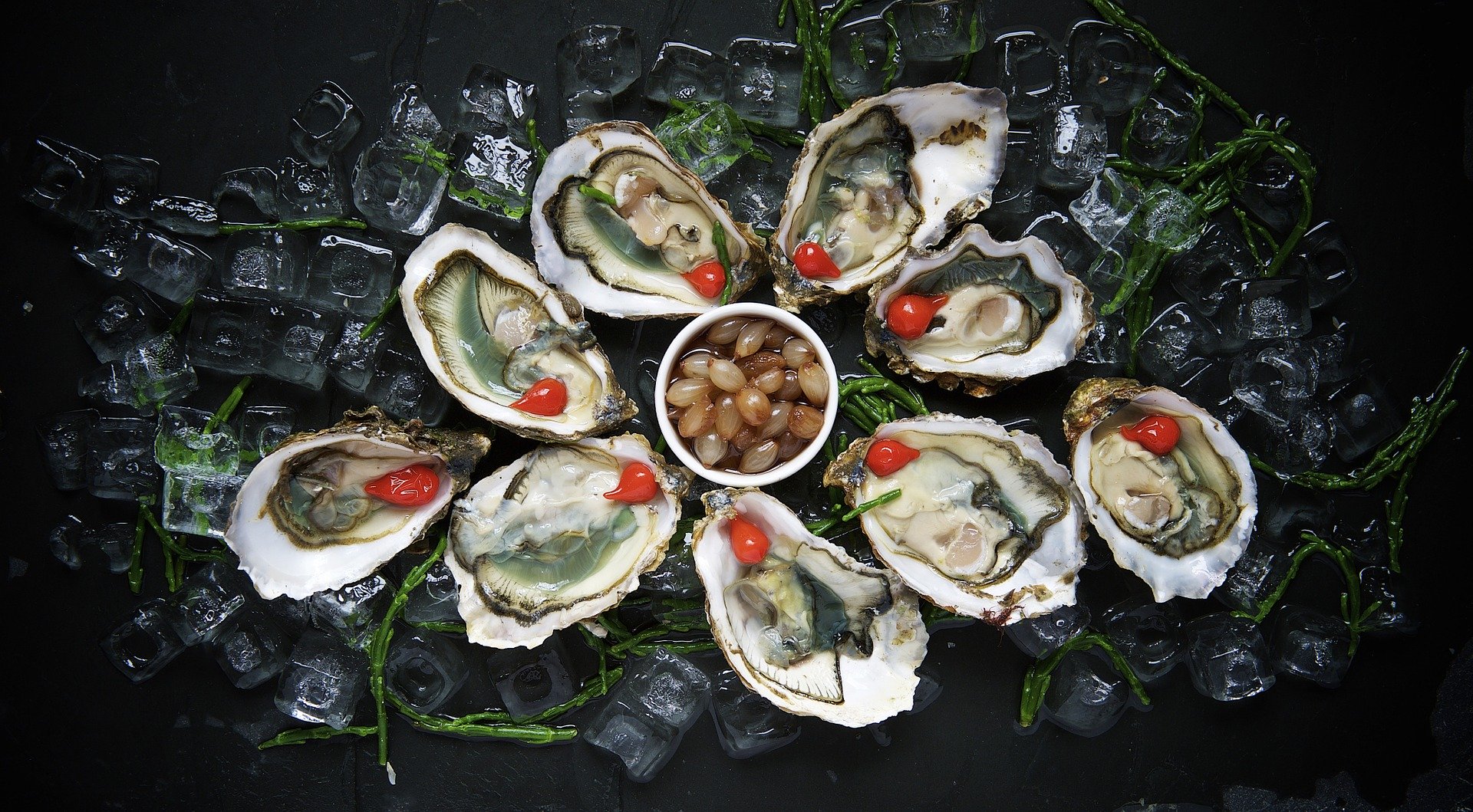
Oysters are packed with zinc, which helps your body by activating white blood cells—an important part of your immune system’s response when your body is fighting viruses. Zinc also helps heal wounds.
My favorite oyster recipe.
Tomatoes are packed with Vitamin C, so I suggest broiling some fresh oysters with some homemade tomato sauce is a great recipe to help boost your immune system. It’s also a wonderful dinner that you can make for date night with a spinach salad and rice pilaf on the side.
Broiled Oysters with Tomato Sauce
What you’re going to need:
- Couple pounds of tomatoes (roasted)
- Optional: Your favorite Italian herbs (I suggest oregano, parsley, and basil.)
- Tablespoon of red-wine vinegar
- Couple tablespoons of port wine
- Couple of teaspoons of sea salt
- One-quarter of a teaspoon of pepper
- Two cloves of garlic (minced)
- Couple tablespoons of shallots (finely chopped)
- Two dozen oysters
What you’re going to do with those things:
- Heat a boiler on high and roast the tomatoes (unless you bought roasted tomatoes). You’ll need the broiler anyway for the oysters.
- Combine the roasted tomatoes, herbs, red-wine vinegar, port wine, salt and pepper in a blender. Stir in the shallots and garlic, then set aside.
- Crumple some foil and then carefully open it up. Use the foil to line a rimmed baking sheet. (This is to help keep the oysters upright.)
- Shuck the oysters and leave them on a half shell.
- Top each oyster with a half a teaspoon of your tomato sauce.
- Broil for about five to ten minutes. The edges of the oyster should just begin to curl.
